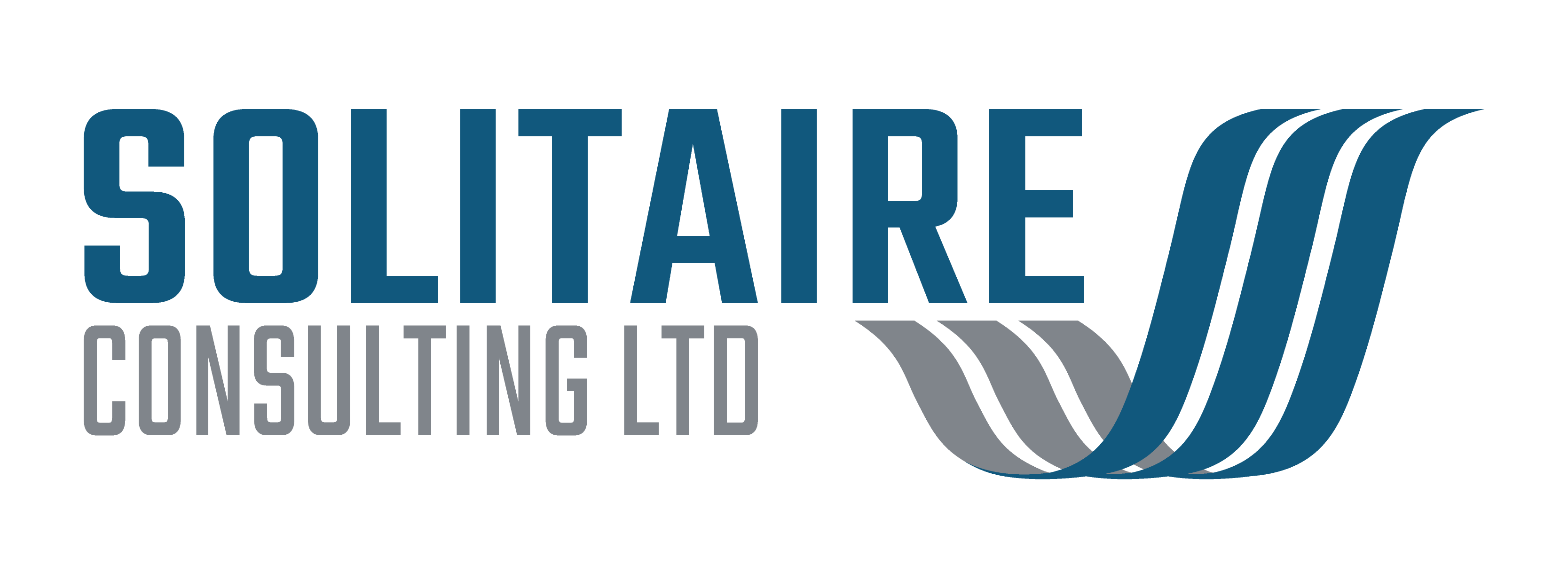We love doing system implementation projects; they’re hugely rewarding for our clients and for us. However, one particular integration project we are presently working on has had a more difficult beginning than it needed to have.
During the planning, we very quickly realised that the driver for the project is a much deeper and broader objective than simply implementing a new system.
It is reflective of a broader desire to better integrate a business which the client acquired some time ago – but which has been growing more “operationally independent” ever since the acquisition.
As it turns out, the implementation of the new system is only the first part of the integration story – and only one part of the solution.
Have you asked the right questions?
The project kick-off meeting very quickly confirmed that there were many other, important and interrelated aspects which need to be brought into consideration, not least:

- What problems is the new system looking to solve?
- What does “Day 1” with the new system look like?
- How will certain business processes change?
- Who’s going to be accessing the system and using it for what?
- What does “success” look like – and how is it defined and measured?
What originally began as a “simple” system implementation project has now become the first phase in what will become a structured, focussed and well governed integration programme; aiming to combine the two entities into a more operationally consistent, aligned and standardised business over the medium term.
The new system will be the catalyst and the facilitator of this integration – and be the springboard for subsequent activity – but, in itself, is only part of the answer to the integration problem.
Avoid short-sightedness in your planning
Embarking on a narrowly-scoped system implementation project with shorter-sighted aims wouldn’t have had the same impact on the overall integration objective. It would have also very likely created issues during rollout and further down the line (i.e., post-implementation).
We are finding this is a common problem for clients, so we have developed an “M&A Integration Planning Toolkit” to support the appropriate scoping, planning and execution of post-acquisition integration activity. It is borne out of our experience in running M&A (mergers and acquisitions) programmes and managing a number of post-acquisition integration projects.
The M&A Integration Project Planning Toolkit

The aim of the Toolkit is to work with clients to “unlock the post-deal integration value”.
It prompts a logical assessment and analysis of a series of key questions (i.e., inputs), which inform and help produce a series of integration planning outputs.
These outputs then inform the Integration Execution Framework. (Essentially, the “project” and the PMO which then drives and governs the integration activity).
We believe the Toolkit will help provide structure, rigour and discipline to the complex and often troublesome challenge of scoping, planning and executing the integration of acquired businesses. It will help reduce “edge of desk” activity and sets the focus, direction and the priorities of the post-deal integration effort.
It reduces the risk of the client being so myopically focussed on one thing (i.e., the system implementation) that they miss other things. Things which then cost them time, money, energy and goodwill later down the line.
Unlocking the post-deal integration value
The Toolkit uses the following four, principal questions to drive integration planning and discussion. Accompanying each is a simple set of additional planning considerations and diagnostic tools:
- What have we bought?
- Where can the integration unlock value?
- How do we realise the value?
- When can the value be realised?
Through the Toolkit, clients can work with us to ensure they can answer the above questions. As a result, we can help them be clearer on the following objectives:
- Understand how the acquired business works
- Understand the potential for operational alignment, efficiencies and synergies – i.e., the power of integration
- Develop options for integration: i.e. quick wins, no regrets projects, longer-term deliverables.
- Understand the priorities, timeframes and choreography for integration
- Understand the benefits and value of integrating
- Understand the integration risks and dependencies
If you’re about to embark on an integration – or have already begun your integration journey – we’ve got the experience, toolkits and methodologies to add some value to your programme.
We’d be delighted to chat, so click Contact Us at the top of the page to send us a message and we’ll get back to you to arrange a call or meeting.
Thanks for reading.





